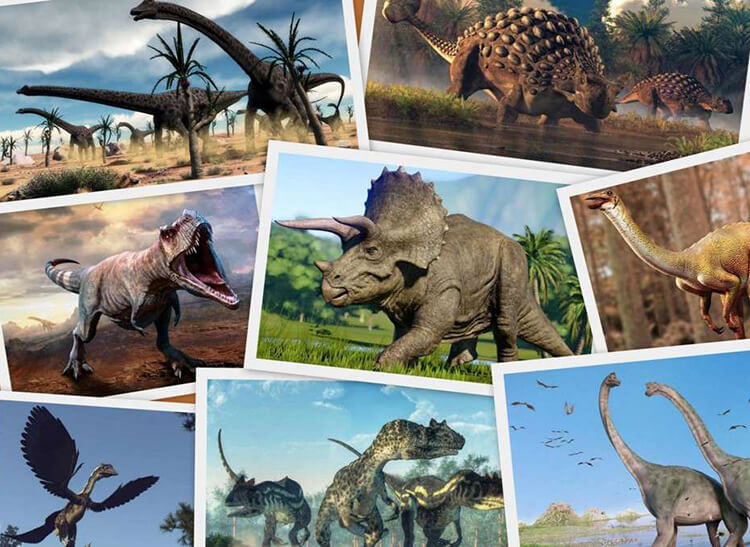“King nose?”. That’s the name given to a recently discovered hadrosaur with the scientific name Rhinorex condrupus. It browsed vegetation of the Late Cretaceous about 75 million years ago.
Unlike other hadrosaurs, Rhinorex had no bony or fleshy crest on its head. Instead, it sported a huge nose. Also, it was discovered not within a rocky outcrop like other hadrosaurs but at Brigham Young University on a shelf in a back room.

For decades, dinosaur fossil hunters went about their tasks with pick and shovel and sometimes dynamite. They chiseled and blasted away tons of rock each summer, searching for bones. University laboratories and natural history museums filled with partial or complete dinosaur skeletons. A significant portion of the fossils, though, remain in crates and plaster casts squirreled away in storage bins. They haven’t been given a chance to tell their stories.
This situation has now changed. Some paleontologists describe dinosaur science as undergoing a second renaissance. What they mean is that fresh approaches are being taken to gain deeper insights into the life and times of dinosaurs.

One of those new approaches is to simply look at what has already been found, as was the case of Rhinorex.
In the 1990s, fossils of Rhinorex were deposited at Brigham Young University. At the time, paleontologists focused on skin impressions found on hadrosaur trunk bones, leaving little time for fossilized skulls still in the rocks. Then, two postdoctoral researchers decided to look at the dinosaur skull. Two years later, Rhinorex was discovered. Paleontologists were shedding new light on their work.
Rhinorex had originally been dug from an area of Utah called the Neslen site. Geologists had a pretty clear picture of the Neslen site’s long-ago environment. It was an estuarine habitat, a boggy lowland where fresh and salt waters mixed near the coast of an ancient sea. But inland, 200 miles away, the terrain was very different. Other hadrosaurs, the crested kind, has been excavated inland. Because the earlier palenontologists didn’t examine the complete Neslen skeleton, they assumed it too was a crested hadrosaur. As a result of that assumption, the conclusion was drawn that all crested hadrosaurs could exploit inland and estuarine resources equally. It wasn’t until palenotologists re-examined it that it was actually Rhinorex.

Like the piece of a puzzle falling into place, discovering that Rhinorex was a new species of Late Cretaceous life. Finding “King Nose” showed that different species of hadrosaurs adapted and evolved to fill different ecological niches.
By simply looking more closely at fossils in dusty storage bins, paleontologists are finding new branches of the dinosaur tree of life.
——— From Dan Risch
Post time: Feb-01-2023
